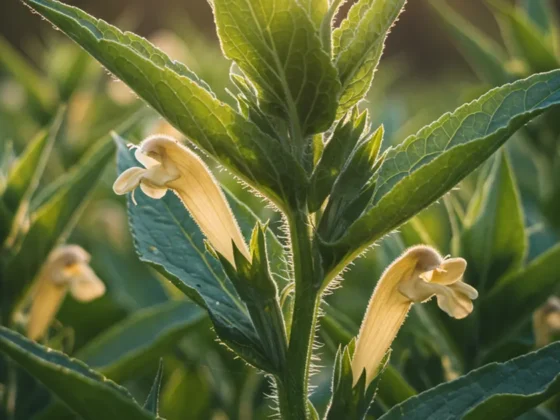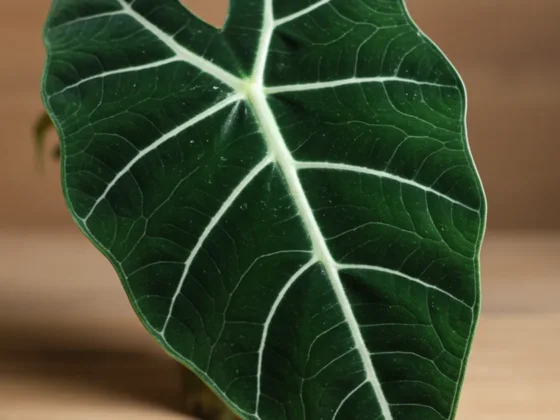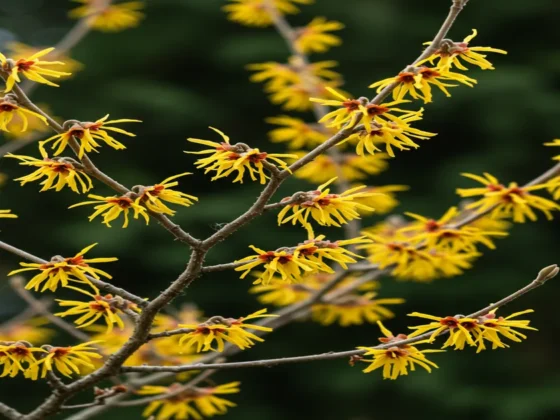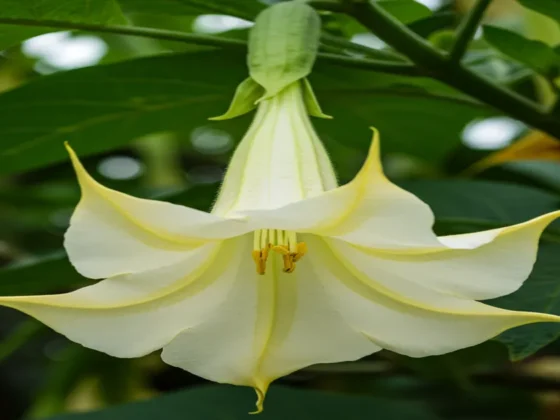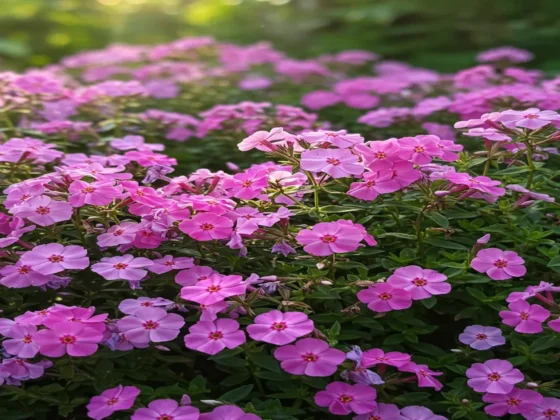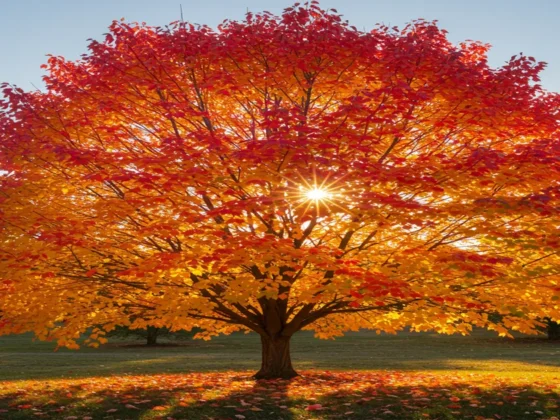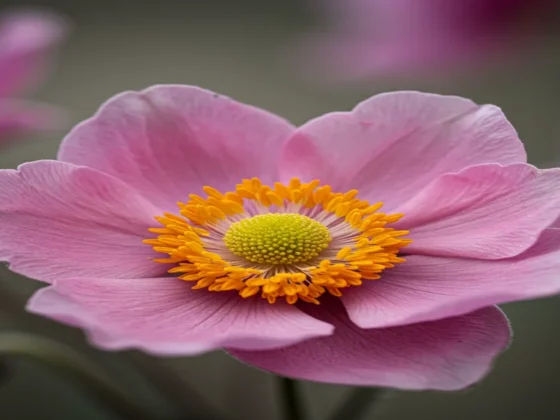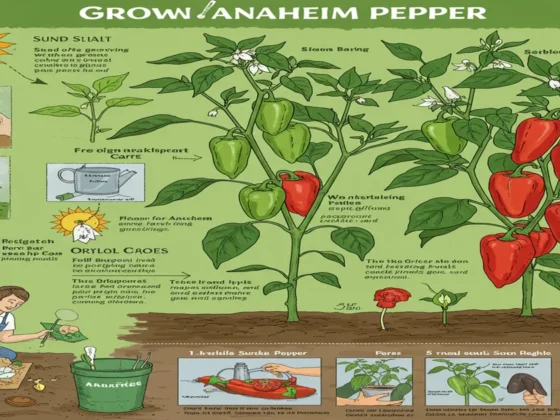Introduction:
Alocasia, also known as elephant’s ear, is a remarkable tropical plant that thrives in warm, humid conditions and is commonly cultivated as a houseplant. It is valued for its large heart-shaped or arrow-shaped leaves, with some varieties displaying prominent veins or variegation. During the summer, alocasia grows rapidly, producing a new leaf each week. However, it is important to note that this plant is harmful to humans and pets.
Continue reading to discover how to properly care for alocasia to ensure its healthy growth.
| Common Name | Alocasia, elephant’s ear, African mask plant |
| Botanical Name | Alocasia spp. |
| Family | Araceae |
| Plant Type | Perennial, herbaceous |
| Mature Size | 2–10 ft. tall and wide |
| Sun Exposure | Partial |
| Soil Type | Well-drained |
| Soil pH | Acidic |
| Bloom Time | Spring, summer |
| Flower Color | Yellow |
| Hardiness Zones | 10–12 (USDA) |
| Native Areas | Asia |
| Toxicity | Toxic to humans and pets |
Varieties of Alocasia Plants
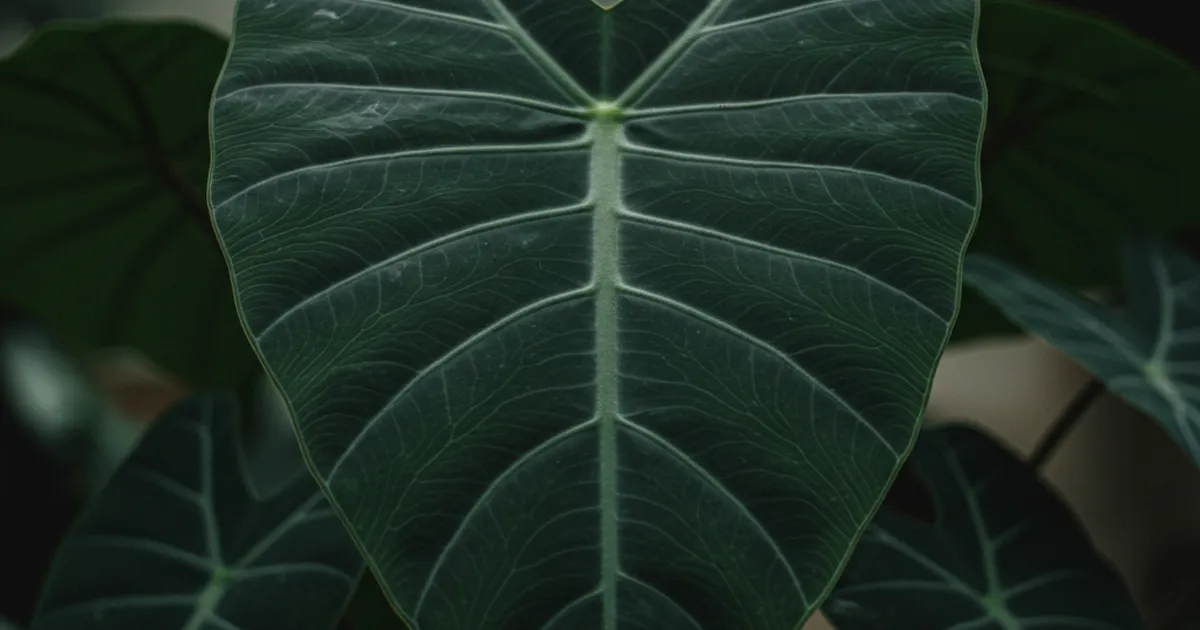
There is a wide range of around 100 species of alocasia plants, many of which are commonly kept as indoor plants. Below are some popular species and cultivars:
- Alocasia cuprea ‘Red Secret’: This plant can grow up to three feet tall and features leaves that are metallic bronze-red in color.
- Amazonian elephant’s ear (Alocasia x amazonica): This compact hybrid is well-liked for its deep green leaves with striking white or light green veins. Alocasia Polly is a cultivar of this variety known for its ruffled leaves with creamy white veins.
- Alocasia zebrina: A unique species that can grow up to three feet tall, it is distinguished by its zebra-striped stems.
- Alocasia reginula ‘Black Velvet‘: This type is a visually striking dark green plant with white veins and typically remains compact, staying under 18 inches in height.
- Alocasia ‘Tiny Dancer’: This variety is characterized by its graceful stems resembling a dancer’s silhouette and small leaves. It may lose its leaves during the winter dormant period.
Trimming
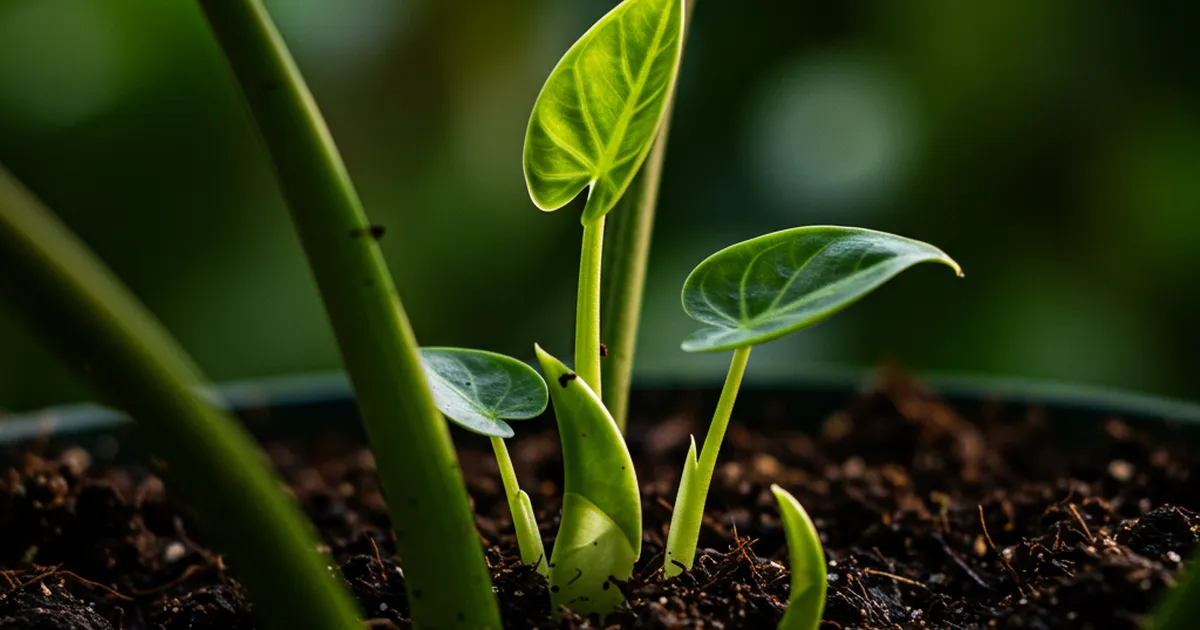
Trim your alocasia only to eliminate damaged, wilting, or dead leaves. Use clean, sharp pruning shears or scissors to remove the flawed leaves by cutting the stem at the plant’s base. The best time to trim your alocasia is during its active growth period in the spring or summer.
Tip
Due to the toxicity of alocasia, always wear gloves when handling the plant.
Alocasia Propagation
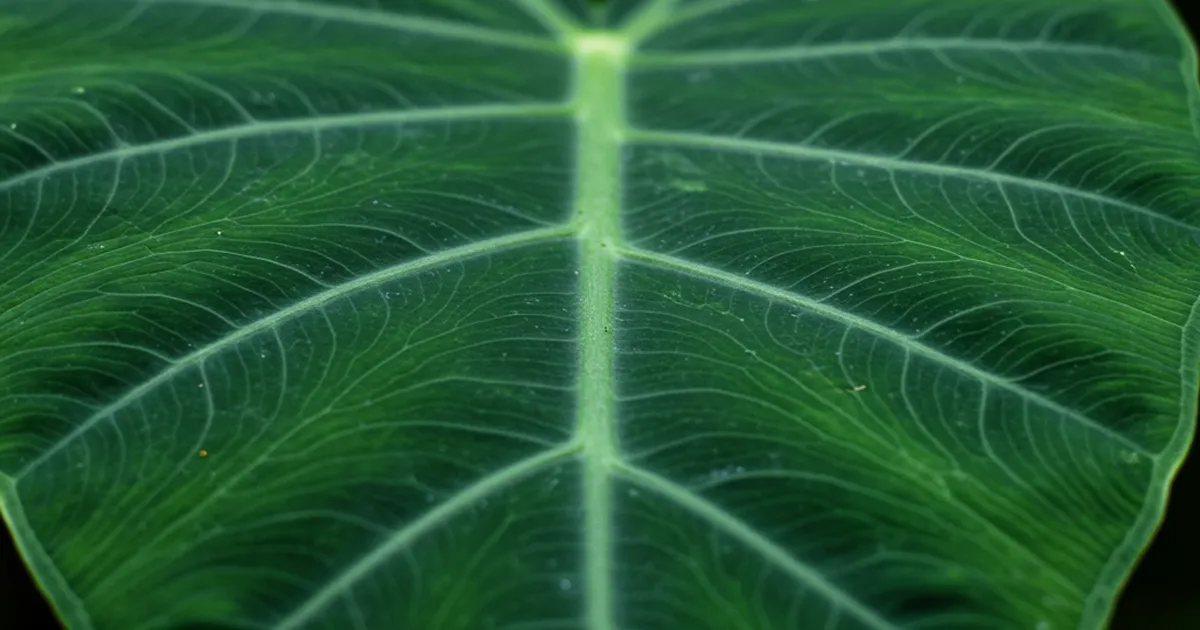
A majority of alocasia plants can be easily propagated through clump or rhizome division during the spring season.
Tip
For easier and more successful alocasia propagation, a reliable pair of pruning shears is essential. We have evaluated and ranked the top ten pruning shears to assist you in your selection.
Alocasia Potting and Repotting Guide
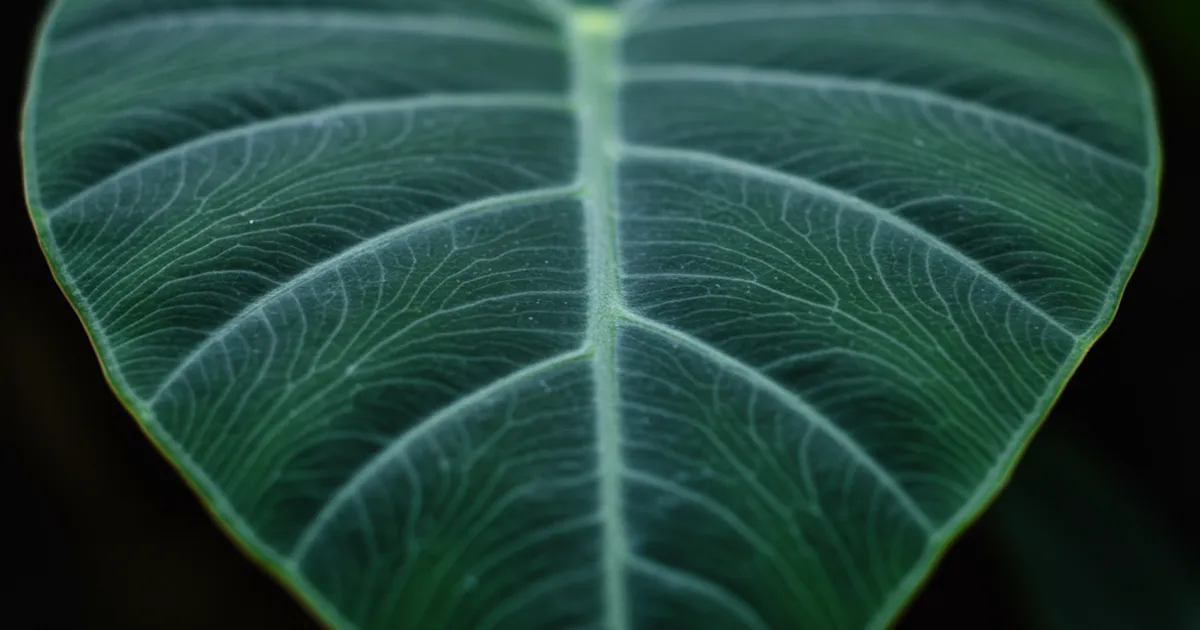
It is essential to use a pot with generous drainage holes for alocasia plants. There are advantages and disadvantages to using either a porous or nonporous container for your alocasia. While clay pots provide good airflow to the roots and soil, nonporous plastics or glazed ceramics help maintain the consistent moisture levels that these plants require. Opting for a heavier material, such as clay, can also help stabilize a tall plant, reducing the risk of it being knocked over by a playful pet or toddler.
Alocasia plants are rapid growers and can tolerate being slightly root-bound, but they should be repotted once they visibly outgrow their current containers. Repotting is best done in the spring or summer when the plant is actively growing. The frequency of repotting depends on the plant size:
- For smaller varieties, repotting may be required every year to 18 months. When repotting, choose a pot that is one to two inches larger in diameter than the current one.
- For larger floor plants, repotting is typically needed every 18 months to two years. When repotting these plants, select a pot that is two to four inches larger in diameter than the existing one.
Types of Pests and Plant Diseases
Alocasia plants are seldom affected by diseases. However, most alocasia species are susceptible to spider mites.
Alocasia Flowering
Alocasia plants are mainly cultivated for their leaves. They typically flower only when they mature, and their blooms are not particularly noteworthy. Indoor alocasia plants rarely flower. If alocasia blooms outdoors, many gardeners prefer to remove the flowers to allow the plant to concentrate its energy on foliage growth.
Alocasia Common Issues
Alocasia plants are generally easy to grow, but they may experience the following problems:
Yellowing Leaves
Yellowing leaves on your alocasia could be due to various reasons, usually related to watering—either too much or too little water can cause discoloration. Alocasia plants typically require several inches of water per week.
Inadequate filtered light can also lead to leaf yellowing. Moreover, if the plant is in a pot that is too small, the leaves may turn yellow. Repotting could be a solution.
Shriveled or Drooping Leaves
If your alocasia is experiencing drooping leaves, it might be due to insufficient watering, light, or fertilization. These plants need consistent moisture, so adjust your watering schedule if the soil is excessively wet or dry. Relocate the plant to a spot with brighter indirect light if it’s currently in a dark area, and consider more frequent feeding.
Plants You Might Also Like
-
How to Grow and Care for Alocasia Pink Dragon
-
How to Grow and Care for Alocasia ‘Regal Shield’ (Elephant Ear)
-
How to Grow and Care for Philodendron Birkin
- Other Plants You Might Like
-
Guide on Growing and Taking Care of Alocasia Pink Dragon
-
Guide on Growing and Taking Care of Alocasia ‘Regal Shield’ (Elephant Ear)
-
Guide on Growing and Taking Care of Philodendron Birkin
-
Guide on Growing and Taking Care of Calathea Zebrina (Zebra Plant)
1 of 4
-



